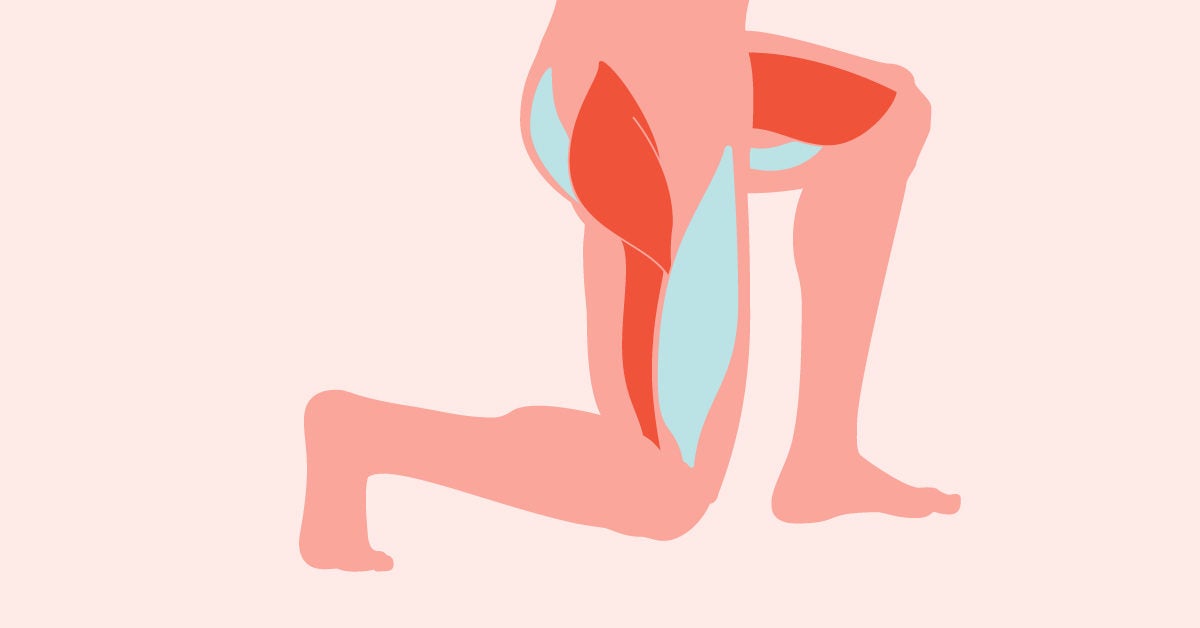What to Know About Tartar Removal
The best way to take tartar off your teeth is to have someone else do it. Dentists and oral hygienists have the tools and training to take care of pesky plaque.
Tartar — also known as calculus — is an accumulation of plaque and minerals from your saliva that harden. Tartar can coat the exterior of teeth and invade below the gumline. Tartar feels like a crusty blanket on teeth. Because it's porous, food and drink can easily stain tartar.
Tartar deposits, which often settle behind and in between teeth, appear yellow or brown. Tartar, and its precursor, plaque, can both wreak havoc on your dental health.
Tartar and plaque can:
- cause bad breath, from bacteria buildup
- destroy enamel, the hard outer layer of teeth, which can in turn, lead to tooth sensitivity, cavities, and even tooth loss
- promote gum disease
Plaque can harden into tartar in a matter of hours, which is why it's so important to brush and floss daily. The American Dental Association (ADA) recommends the following:
- Brush twice a day, two minutes at a time.
- Use a toothbrush you're comfortable with. Choosing to use a manual or a powered toothbrush is a matter of personal preference — both will effectively remove plaque if used correctly and consistently. But at least one 2017 study showed greater removal of plaque with a powered toothbrush.
- Use a soft-bristled brush.
- Brush at an angle and include your gums. Angle the brush at 45 degrees so you can get bristles up into the corners between teeth and gums, where plaque can hide. Use your toothbrush on the areas where your teeth and gumline meet, too.
- Use gentle, short strokes.
- Use a fluoride toothpaste.
- Floss once a day.
Once it adheres to teeth, tartar — a concrete-like substance — cannot be removed by brushing. It needs to be professionally scraped off by a dental professional.
Removing tartar takes a professional, but there are things you can do — in addition to regular brushing and flossing — that reduce the amount of plaque in your mouth and control tartar buildup. They include:
A specially formulated toothpaste
- Tartar-control toothpaste. One 2008 study comparing the effectiveness of a tartar-control toothpaste to a cavity-protection one found that those using the tartar-control toothpaste had nearly 35 percent less calculus at the study's end than those using regular fluoride toothpaste.
- Toothpaste with baking soda. Because baking soda is slightly abrasive, studies show that toothpastes with this ingredient can better remove plaque than toothpastes without it.
- Skip the charcoal-based toothpastes. Charcoal-based toothpastes have not been proven to be effective at controlling tartar, says research from the Journal of the American Dental Association, nor have they been proven to be safe.
Whitening strips
One 2009 study found that those who used hydrogen peroxide whitening strips with pyrophosphate daily for three months had 29 percent less tartar than those who simply brushed their teeth.
Tea
A 2016 study found that drinking green tea may reduce the amount of bacteria in your mouth. If you don't want to drink tea, try a mouthwash that has tea in it.
Eating fresh fruits and vegetables
Because they promote vigorous chewing, and thus saliva production, these foods can help wash away some of the bacteria in your mouth that produce plaque. Same goes for sugar-free chewing gum.
Water flosser
This hand-held device pulses water into the spaces between teeth to remove bacteria and debris. When used regularly and properly, it can be more effective than string floss in reducing plaque.
One study found that those who used a water flosser plus manual toothbrush had a 74 percent reduction in whole-mouth plaque compared to 58 percent for those who used a manual toothbrush and string floss.
Mouthwash
According to the ADA, mouthwashes that contain bacteria-fighting ingredients like cetylpyridinium, chlorhexidine, and certain essential oils can fight plaque and tartar.
It's important to note that these rinses should be used in conjunction with brushing and flossing.
Look for a plaque- or tartar-control rinse with the ADA Seal of Approval, and follow the manufacturer's directions (e.g., some specify using the rinse before brushing, others after).
Periodic professional cleanings remove tartar buildup. Both traditional and holistic dentists (dentists who keep in mind the overall health of the patient, not just his or her oral health) can perform a dental cleaning.
Using a hand-held metal scaler (a device with a hook-like end), your dentist or dental hygienist will scrape away tartar. If you have an excessive amount of tartar that has caused gum disease, your dentist may recommend a deep cleaning that involves scaling and root planing.
- Plaque and tartar are removed both above and below the gumline (in the pockets where the gum has come away from the tooth).
- Roots of teeth are smoothed to help encourage reattachment of the gum to the tooth.
- In some cases a laser may be used to kill bacteria deep within a gum pocket.
The ADA now states that the frequency of dental visits should be dependent on your oral health and your dentist's recommendation.
But, many dentists advise getting a dental cleaning and checkup every six months, and more often than that if you have gum disease or are at risk of gum disease (if you smoke or have diabetes, for example). You'll also need more frequent cleanings if you're prone to plaque (and thus tartar) formation.
People who may need cleanings more often include:
- Those with dry mouth, often caused by medications or aging. While saliva does contain bacteria, your saliva also helps wash away food particles.
- Those who lack the physical dexterity to thoroughly brush their teeth.
- Those who have conditions preventing them from fully understanding or completing a dental hygiene routine.
The irritation and inflammation that tartar produces can lead to gum disease. Early stage gum disease, which can be reversed, is known as gingivitis. Symptoms include:
- red, swollen gums
- gums that bleed when you floss or brush
- tender gums
Gingivitis can progress to periodontitis, which cannot be reversed. In addition to swollen, tender, bleeding gums, look for these signs:
- painful chewing
- loose teeth
- gums separating from teeth
- pus collecting between your teeth
The bacteria that causes periodontitis can gain entry to the bloodstream, which may increase the risk of heart and lung disease. This makes it especially important to seek dental care if you notice any of these symptoms.
These severe effects are avoidable through brushing, flossing, and rinsing your teeth as regularly as possible.
There are 700 species of bacteria living in your mouth. This bacteria is the breeding ground for plaque, a colorless, sticky film that coats teeth. When bacteria-ladened plaque mixes with food particles, it produces a tooth-destroying acid.
Regular brushing and flossing can remove most plaque before it has a chance to cause real damage. But plaque that's allowed to sit on teeth combines with minerals in your saliva and hardens into tartar.
A 2016 study published in the Journal of Health Sciences & Research noted that about 92 percent of Americans have noticeable tartar on their teeth.
While tartar buildup is common, it can have a really big effect on your quality of life if left unchecked. Daily brushing and flossing, along with periodic dental cleanings and checkups, are your best defenses to keeping this hardened plaque at bay.
-
 6 interesting genetic traits that children will inherit from their parents
6 interesting genetic traits that children will inherit from their parents
-
 7 effects of asparagus on child development
7 effects of asparagus on child development
-
 Does cutting blood hair for babies bring good luck?
Does cutting blood hair for babies bring good luck?
-
 The more babies eat, the higher the height they develop, especially the second kind
The more babies eat, the higher the height they develop, especially the second kind
-
 Children with chicken pox should eat to quickly recover from the disease, without leaving a deep scar?
Children with chicken pox should eat to quickly recover from the disease, without leaving a deep scar?
-
 The more food is cooked, the better it can be for health, especially the second type
The more food is cooked, the better it can be for health, especially the second type
-
 Lunges: Muscles Worked, How-To, Variations, and More
Lunges: Muscles Worked, How-To, Variations, and More
-
 10 Breathing Exercises to Try: For Stress, Training & Lung Capacity
10 Breathing Exercises to Try: For Stress, Training & Lung Capacity
-
 Stages of Liver Failure: What to Expect, Causes, Symptoms, and More
Stages of Liver Failure: What to Expect, Causes, Symptoms, and More
-
 Light Sleeper: What It Means and What to Do About It
Light Sleeper: What It Means and What to Do About It
-
 Newborn Baby Guide: Essential Gear, How-Tos, Tips, and More
Newborn Baby Guide: Essential Gear, How-Tos, Tips, and More
-
 Shoes Too Tight? 7 Ways to Stretch Your Shoes & When to Do More
Shoes Too Tight? 7 Ways to Stretch Your Shoes & When to Do More































